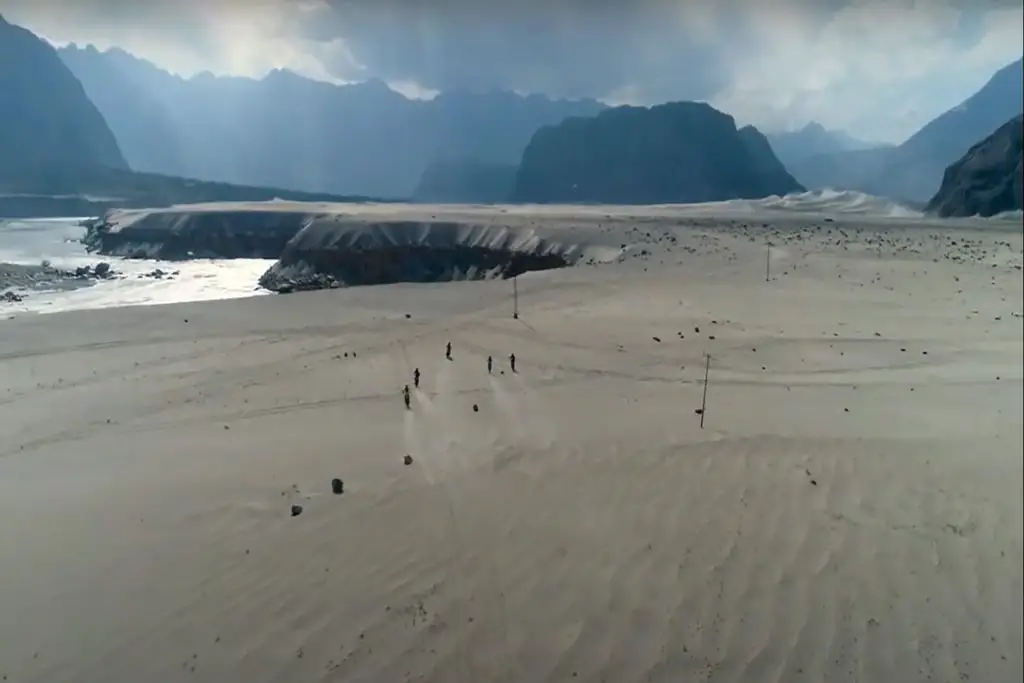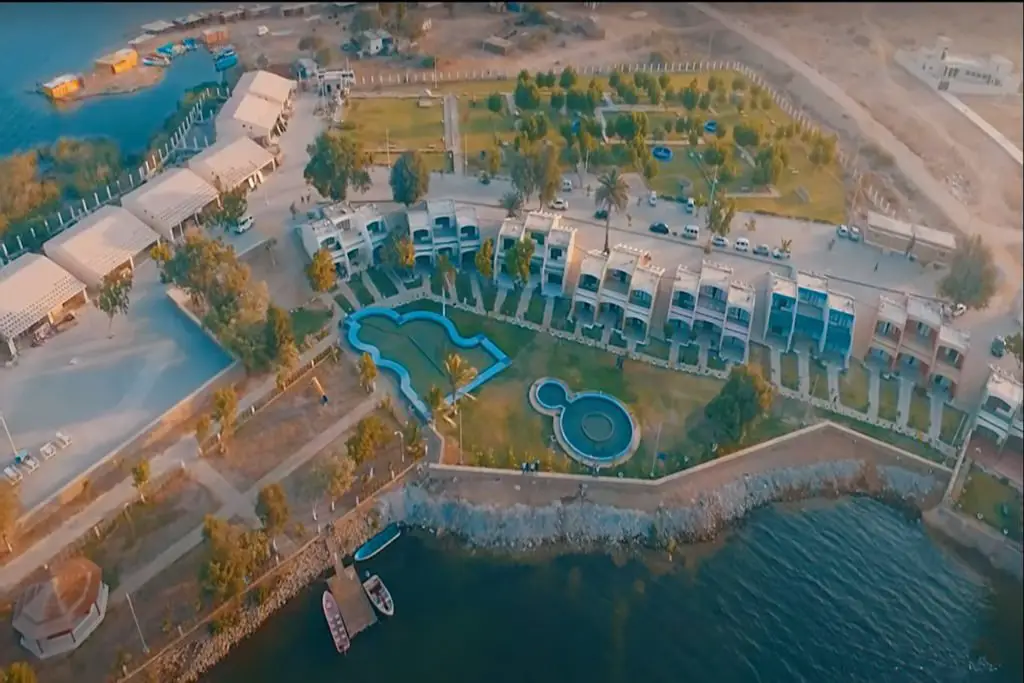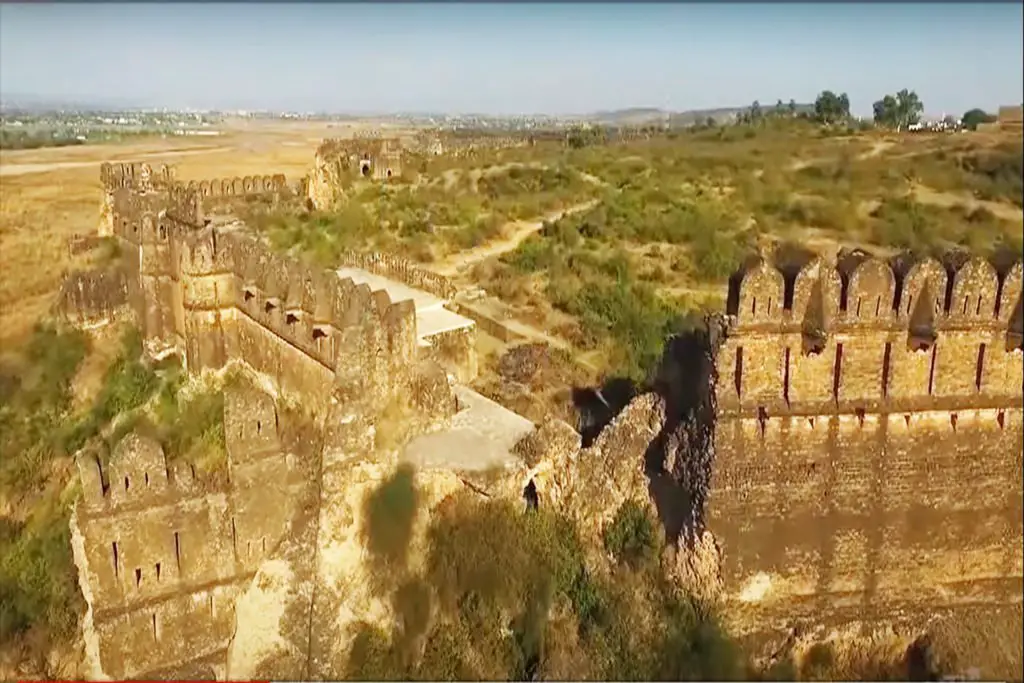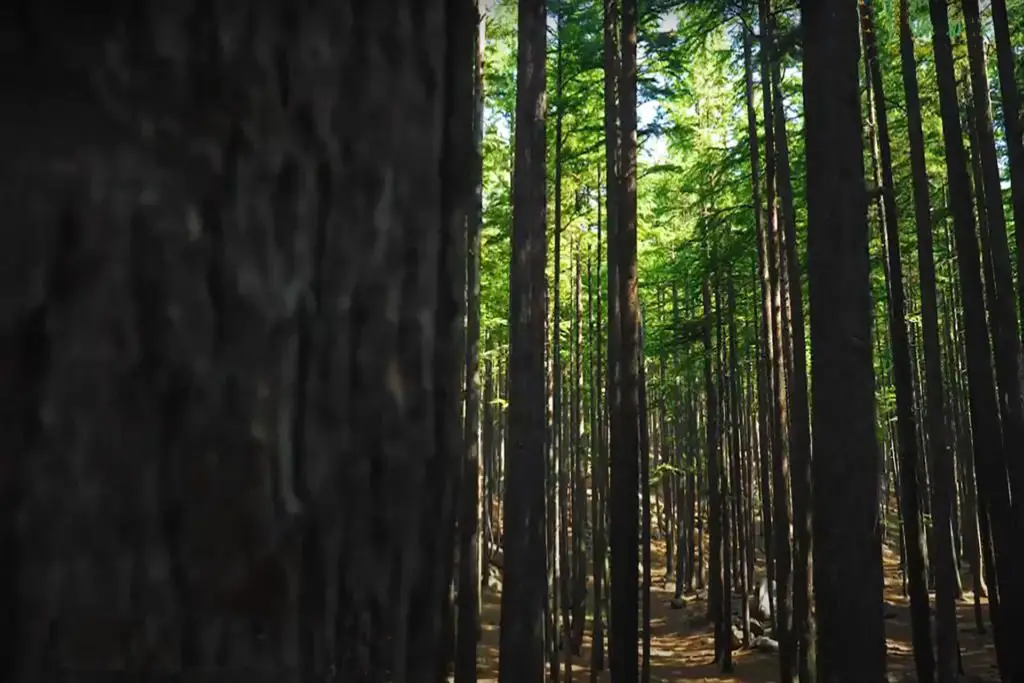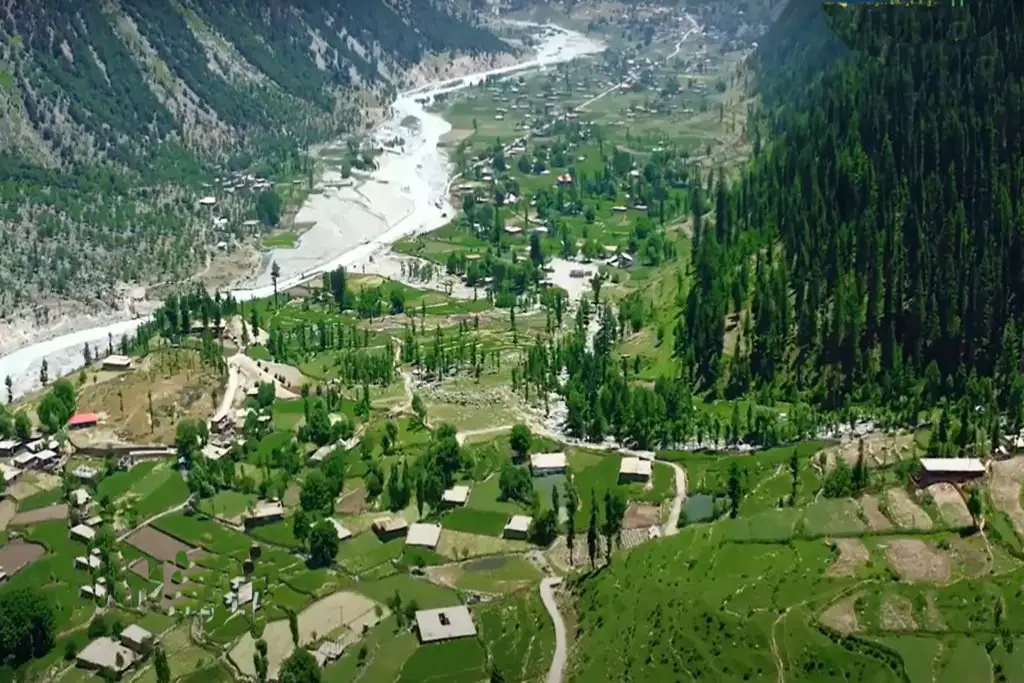Pakistan’s spiritual heritage is deeply intertwined with Sufism, a mystical Islamic tradition that emphasizes love, peace, and devotion. The country is dotted with vibrant Sufi shrines, where music, poetry, and prayer create an atmosphere of transcendence. Among the most iconic are the shrines of Lahore, Multan, and Sehwan Sharif, each offering a unique glimpse into Pakistan’s Sufi culture.
This guide takes you on a Sufi trail across Pakistan, exploring the history, rituals, and must-visit shrines in these three mystical cities.
1. Lahore: The City of Saints & Sufi Poetry
A. Data Darbar (Shrine of Hazrat Ali Hajveri – Data Ganj Bakhsh)
📜 History: Built in the 11th century for Hazrat Ali Hajveri, a revered Sufi saint
🎶 Qawwali Nights: Thursday evenings (a mesmerizing experience)
✨ Highlights:
- One of Pakistan’s largest Sufi shrines
- Illuminated at night with thousands of lights
- Free langar (food distribution) for visitors
B. Shrine of Madho Lal Hussain (Shah Hussain)
📜 History: A 16th-century Sufi poet who preached love beyond religion
🎶 Festival: Mela Chiraghan (Festival of Lights) in March
✨ Highlights:
- Devotees dance to ecstatic Sufi music
- Blends Islamic and Hindu spiritual traditions
C. Bibi Pak Daman (Shrine of Hazrat Ruqayyah bint Ali)
📜 History: A sacred site for Shia and Sufi Muslims
✨ Highlights:
- Believed to be the burial place of Prophet Muhammad’s (PBUH) family members
- Serene atmosphere with a marble courtyard
2. Multan: The City of Sufis & Shrines
A. Shrine of Bahauddin Zakariya (Multan’s Golden Dome)
📜 History: A 13th-century Suhrawardiyya Sufi saint
✨ Highlights:
- Stunning blue and gold tilework
- Annual Urs festival (death anniversary) in May
B. Shrine of Shah Rukn-e-Alam
📜 History: Grandson of Bahauddin Zakariya, buried in a 14th-century mausoleum
✨ Highlights:
- A masterpiece of Tughlaq-era architecture
- One of the largest brick domes in the world
C. Shrine of Shah Yusuf Gardezi
📜 History: A Persian Sufi saint who settled in Multan
✨ Highlights:
- Beautiful wooden carvings and calligraphy
- Peaceful courtyard away from crowds
3. Sehwan Sharif: The Land of Lal Shahbaz Qalandar
A. Shrine of Lal Shahbaz Qalandar
📜 History: A 13th-century Sufi mystic known for his whirling dances
🎶 Dhamaal: Devotees perform a trance-like dance to drumbeats
✨ Highlights:
- Annual Urs (July) attracts 500,000+ pilgrims
- The shrine glows with green lights at night
B. Shrine of Qalandar’s Companion – Makhdoom Bilawal
📜 History: A martyr-saint who resisted Mughal persecution
✨ Highlights:
- Less crowded but equally spiritual
- Nearby Manchar Lake offers a peaceful retreat
The Sufi Experience: What to Expect
✔ Qawwali Music: Soul-stirring devotional songs (best at night)
✔ Dhamal: Ecstatic dance rituals (especially in Sehwan)
✔ Langar (Free Food): Many shrines offer communal meals
✔ Spiritual Healing: Some believe in the shrines’ miraculous powers
Best Time to Visit
- October–March: Pleasant weather for travel
- During Urs Festivals:
- Data Darbar (21st Safar – Islamic calendar)
- Lal Shahbaz Qalandar (18th Sha’ban)
- Bahauddin Zakariya (May)
Travel Tips for the Sufi Trail
✔ Dress Modestly: Cover your head (for both men & women)
✔ Respect Customs: Remove shoes before entering shrines
✔ Avoid Rush Hours: Evenings are livelier but more crowded
✔ Guided Tours: Recommended for deeper insights
Final Thoughts
Pakistan’s Sufi shrines are not just architectural marvels but living centers of devotion, music, and spiritual energy. Whether you seek divine blessings, cultural immersion, or a soulful musical experience, the Sufi trail through Lahore, Multan, and Sehwan promises an unforgettable journey.
Which shrine would you visit first? 🎶 Share your thoughts below!

